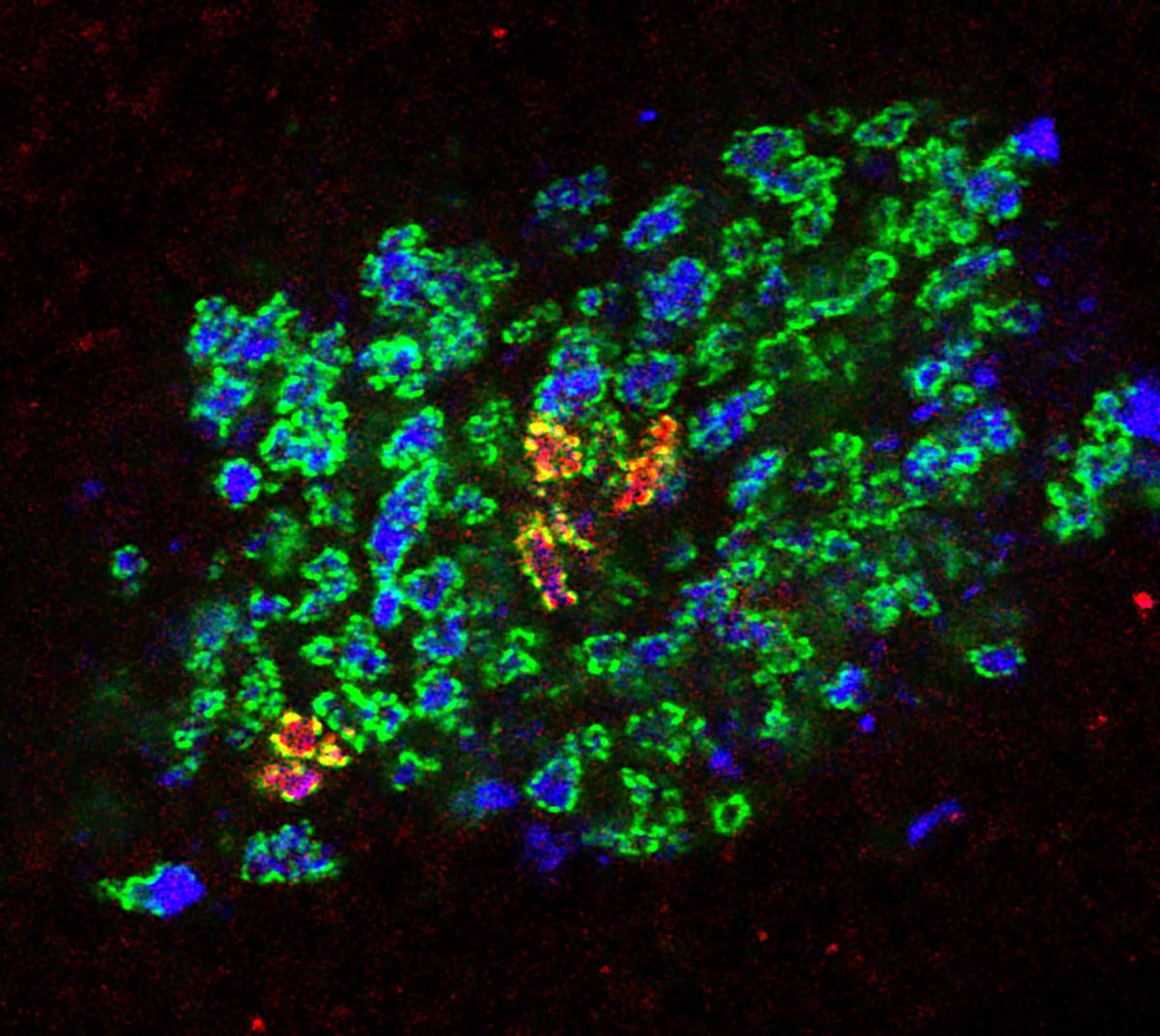“Flying” Neurons
A current study on fruit flies provides new insights into the cellular basis of memory. DZNE scientists and US colleagues report on this in the journal “Cell Reports”.
Their name tells it all: fruit flies love fruit. In spring and summer, these tiny insects therefore invade many kitchens and wherever they find food - especially fruits in an overripe condition. However, these insects also dwell in many laboratories as they are among the most commonly studied model organisms. “Despite all the differences between humans and flies, there are striking similarities, especially when you consider fundamental biological phenomena at the cellular or molecular level. That’s why we can learn quite a bit about humans when studying fruit flies,” said Prof. Gaia Tavosanis, a research group leader at the DZNE’s Bonn site.
Flies, for instance, share with humans the capacity to learn and modify their behavior based on experience. While some impressions might be short-lived, important memories can accompany us for long periods of time. In the current study, Tavosanis and colleagues, including scientists from HHMI’s Janelia Research Campus in Ashburn, Virginia (USA), investigated what happens in the brain, when a fresh memory becomes consolidated into a lasting one.

To address this question, the researchers took advantage of the ability of the fruit fly “Drosophila melanogaster” to memorize the association between an odour and a reward. In this classic conditioning paradigm, flies are allowed to feed on sugar while being exposed to an odor. Just like Pavlov’s dog, fruit flies can remember the association of the odor with the sweet reward for days and will prefer the associated scent over others.
Cellular rewiring
“Using various microscopy approaches combined with carefully designed genetic tools, we studied the neurons that convey information about this particular odour to higher processing centers in the brain of the fly. We found that these cells reorganize their circuits and build more connections to neighboring neurons. This only occurs after the first short-lived impression is consolidated in a long-term memory of the association between the odour and the sugar,” explained Luigi Prisco, one of the first authors of this study.
“These changes in specific brain circuits are quite striking as they need a tight coordination between multiple cell types,” Tavosanis said. “It appears that, following an important experience, the way the odor is represented in the brain can be changed. Future experiments will show to what extent these phenomena also apply to circuits with a similar organization in other organisms, including mammals.”
Circuit reorganization in the Drosophila mushroom body calyx accompanies memory consolidation.
Lothar Baltruschat, Luigi Prisco, Philipp Ranft et al.
Cell Reports (2021).
DOI: 10.1016/j.celrep.2021.108871
March 2021
